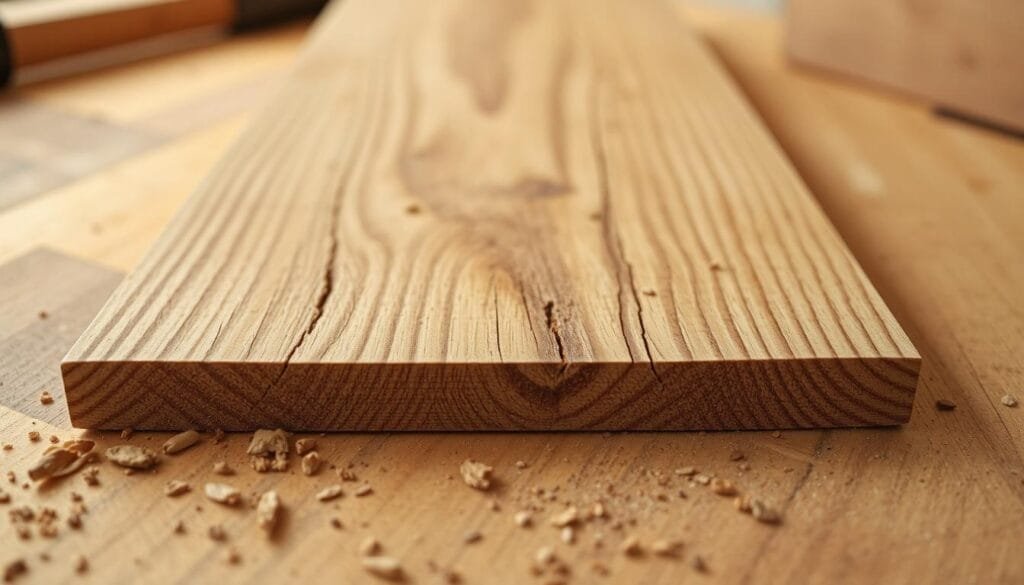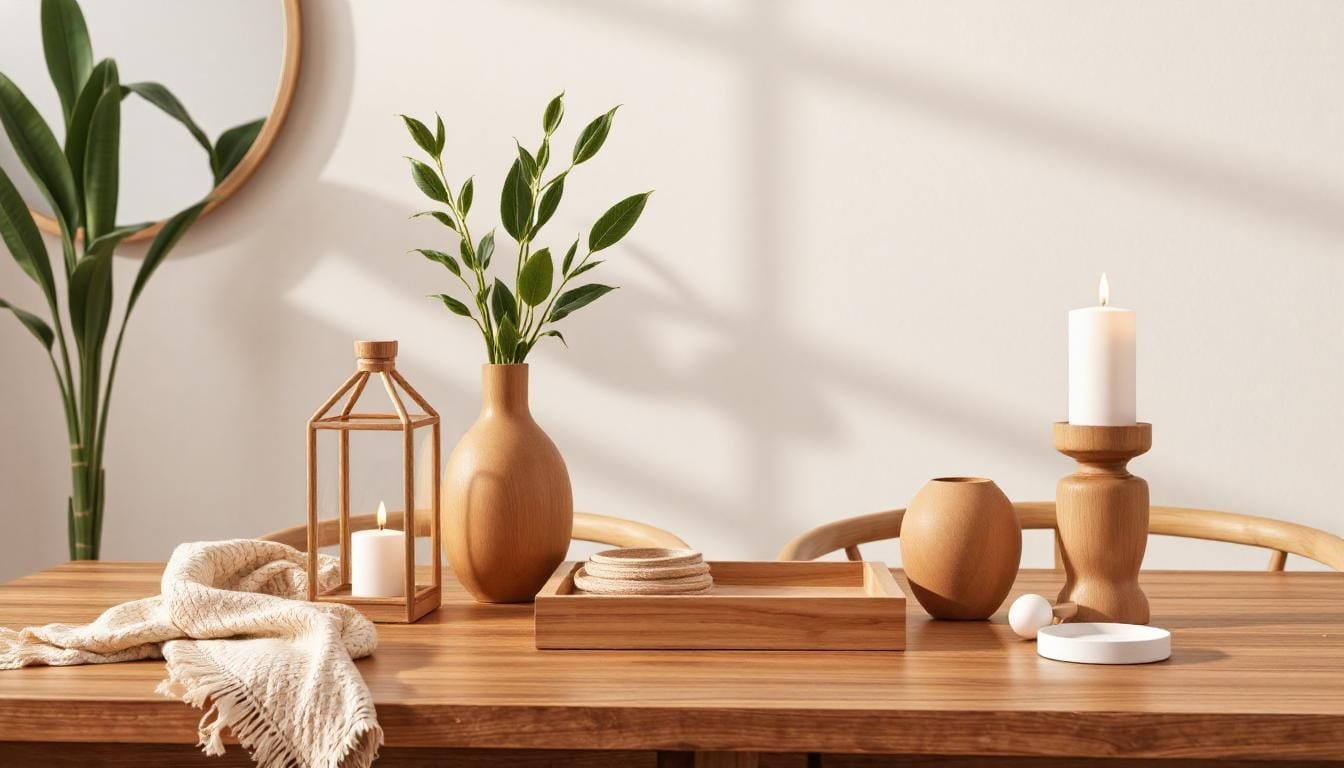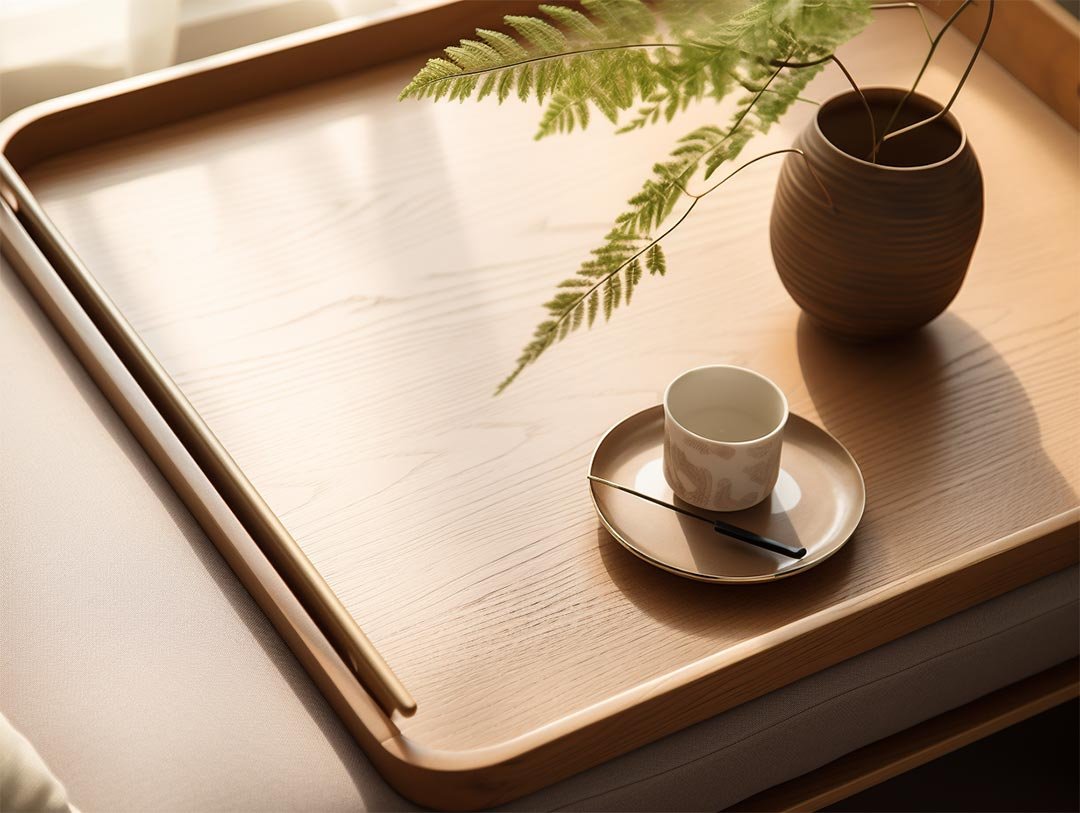Ever felt the excitement of getting your wooden crafts shipment, only to find those dreaded burrs and cracks ruining the vibe? Yeah, I get it. It’s like buying a new phone and finding a scratch before you even unwrap it. The problem with burrs (those annoying rough edges) and cracks isn’t just about looks — it can totally mess with the quality and durability of your products. So if you’re like Andy, scouting suppliers who won’t disappoint with subpar finishes, this one’s for you.
So, how do I make sure every wooden craft we deliver is burr and crack-free? Simple – it’s all about choosing the right wood, precision cutting, proper sanding, controlling moisture, and thorough inspections. Nail these, and you’ve cracked the code to flawless wooden detail.
Stick with me, I’ll walk you through the nitty-gritty and some insider tips from my own trade secrets at Kangjie, so your wooden goods always arrive looking sharp and solid.

The Burr and Crack Dilemma in Wooden Crafts
First off, let’s get on the same page: what exactly are burrs and cracks?
What Are Burrs and Cracks Anyway?
Think of burrs as tiny splinters or rough edges left behind when wood is cut or shaped. They’re like the annoying little hair that sticks out on your favorite sweater — easy to spot and a bit frustrating. Cracks, on the other hand, are breaks in the wood fiber itself, often caused by stress, improper drying, or environmental changes. Both can turn an otherwise stellar piece into a hassle.
Why Should Andy Care About Burrs and Cracks?
For a purchasing manager like you, burrs and cracks don’t just look ugly — they mean potential returns, dissatisfied clients, and a hit on reputation. Plus, they can mess with the painting, staining, or finishing process. Nobody wants to pay good money for rough edges or wooden pieces that might snap on the shelf, right?
My Personal Burr and Crack Prevention Game Plan
Here’s my no-BS approach to keeping your wooden crafts in tip-top shape:
Step 1: Choosing the Right Wood (Because Not All Woods Are Angels)
Wood quality is your first line of defense. I’m super picky about sourcing wood that’s properly dried and free from knots or natural stress points that cause cracks. It’s like picking the right ingredients for a perfect pizza — no cheapo toppings here!
Step 2: Precise Cutting Techniques – Slice Like a Pro
Cutting is where burrs start creeping in if you’re sloppy. We lean heavily on CNC machining for super-precise cuts without rough edges. Compared to traditional cutting, CNC’s a game-changer for burr-free edges. And keeping those blades sharp? Non-negotiable. Dull tools = more burrs, guaranteed.
Step 3: The Art of Sanding Down Burrs
After cutting, sanding smooths out any tiny rough bits. I mix manual craftsmanship with automated sanders to get that glassy finish. And the grit of the sandpaper? Big deal. I always start coarse to knock off burrs, then move to fine grit for that silky touch.
Step 4: Moisture Control to Avoid Cracks Like the Plague
Cracks love moisture swings. To keep bark in check, I ensure the wood is properly dried and stored in humidity-controlled spaces. Environmental factors like temperature and moisture levels get monitored closely — cranky wood doesn’t stand a chance.
Quality Checks That Save Your Hide
I don’t just rely on machines — a sharp-eyed visual inspection is key. I get up close with magnification tools to spot tiny burrs or cracks that the naked eye might miss. For my clients like you, I tailor these checks to their specific product needs and privacy requirements — because confidentiality is king in this biz.
How I Communicate with Andy to Nail the Details
Keeping Andy in the loop is a huge priority. I send clear updates at every stage and respond lightning-fast to any questions or tweaks. Plus, I’m big on feedback. If something needs tweaking, we fix it before it becomes a problem.
Common Questions From Andy and How I Answer Them
Can I get samples before going full throttle? — Absolutely, samples are how we prove quality upfront.
What happens if there’s a burr or crack in the batch? — We own it. Refurbish, replace, whatever it takes. No excuses.
How do you handle low MOQ requests without cutting corners? — Our direct factory sourcing means we can keep quality high even on smaller orders.
Wrapping It Up: Burr and Crack-Free is Totally Doable
Getting wooden crafts that are free from burrs and cracks doesn’t have to be a nightmare. With the right wood, cutting methods, sanding, moisture control, and quality checks, I make sure you get the goods looking just right. Your business deserves nothing less.
FAQs
Q1: What is the most common cause of burrs on wooden products?
Burrs most often appear from dull tools or improper cutting techniques. Keeping blades sharp and using CNC machines can greatly reduce them.
Q2: How can one prevent cracks due to moisture?
Proper drying and storing wood in controlled humidity environments prevent most moisture-induced cracks.
Q3: Can low MOQ orders maintain high quality?
Yes, direct factory sourcing and strict QC allow top-notch quality even on small orders.
Q4: How often should quality inspections happen during production?
Inspections ideally occur at multiple stages: post-cutting, post-sanding, and pre-shipment.
Q5: What if a client finds burrs or cracks after delivery?
A good supplier, like me, provides solutions like replacements or repairs — customer satisfaction is key.



